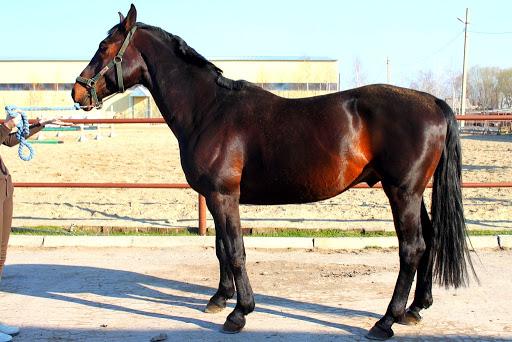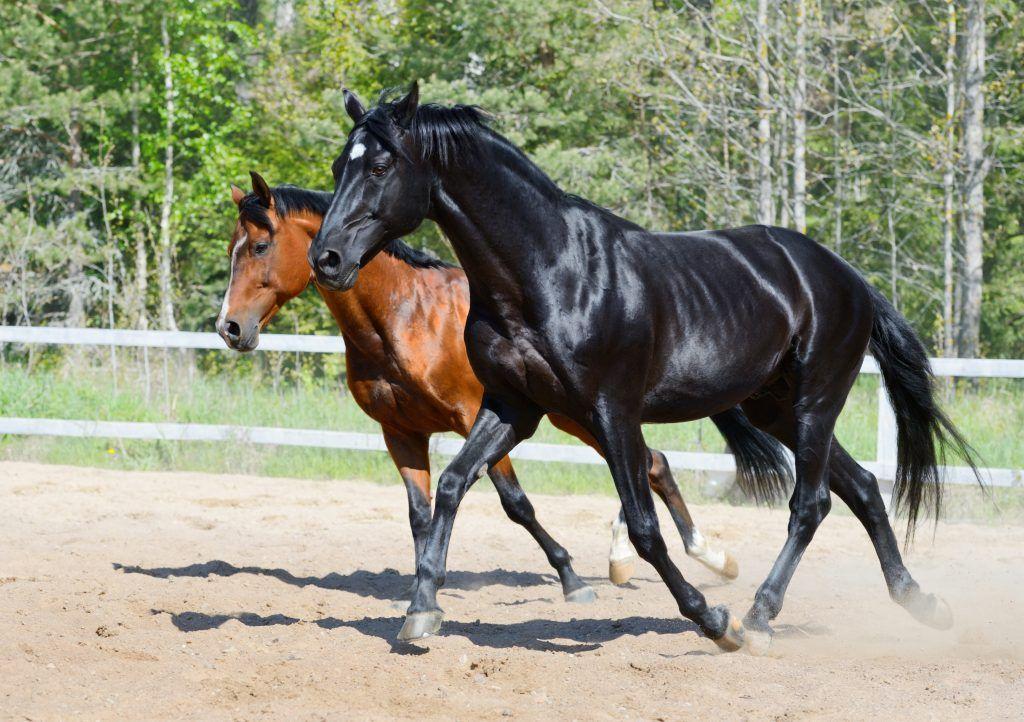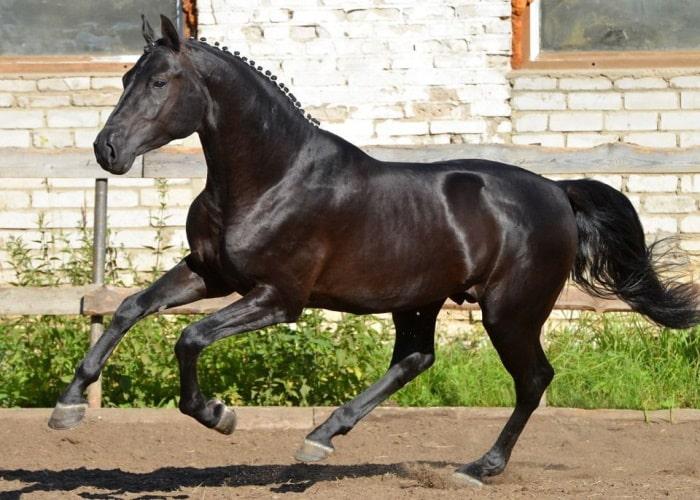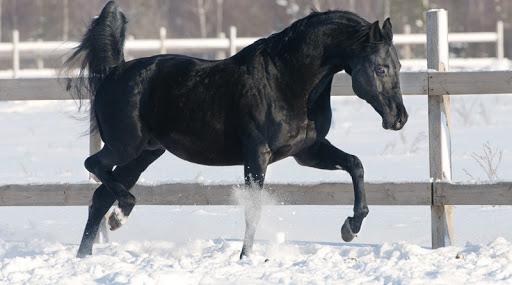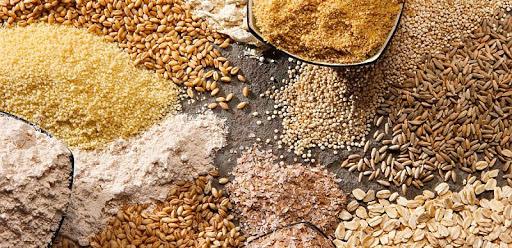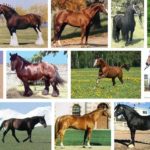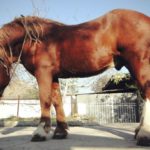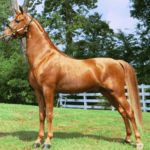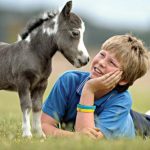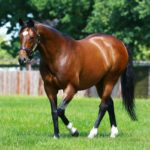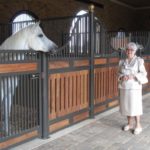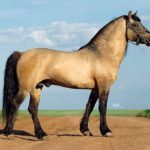Russian Saddlebred is a unique breed of horse. It is difficult to find a more graceful creature. This amazing horse combines power and aerial grace. As if in a state of weightlessness, he performs his pirouettes and bravely takes on any obstacles. The horse is capable of carrying its owner out of the thick of battle. He carries out his service, despite the heat and frost. At the same time, it is impossible to find a more vulnerable animal that needs love and attention.
Historical data
A unique breed of horses appeared thanks to the efforts of Count Alexei Grigorievich Orlov. Driven by a passionate desire to breed a standard horse, the count selected the best representatives of Arabian and European breeds for breeding.
The strongest and most resilient descendants of these horses were planned to be assigned to serve in the cavalry troops. By a happy coincidence, the Shah of Persia presented Empress Catherine with a pair of beautiful stallions. Knowing about the plans of Alexei Grigorievich, the queen immediately transferred them to the ownership of the count. The collection of horses was also replenished during the Russian-Turkish battles. The enthusiastic aristocrat had a task: to breed a breed of horses that could easily train and endure the hardships of a harsh climate.
Special requirements were placed on the formation of the external appearance of animals. Horse-bird, horse-dream. This is how Count Orlov saw the ideal horse.
The ancestors of the Oryol breed were horses of English, Arabian and Asian origin. In 1770, Alexei Grigorievich’s stud farm became the pride of the Russian Empire. The famous hippologist V.I. Koptev noted with admiration the amazing grace of the Oryol horses. “The neck curls into a ring, the back is flexible, the mouth is soft. Horses are obedient and intelligent,” this was the description the specialist gave to the animals.
In 1802, Count Rastopchin became interested in creating a new breed of racehorses. For breeding work, he used the most enduring horses of English and Arabian blood. The Count's efforts were not in vain. The breeder introduced the world to energetic, stocky, short-necked horses. The horses were distinguished by their obstinate disposition. The appearance of the animals was not as dazzlingly good as that of the pets from the Oryol factory. However, Rastopchinsky horses were much more resilient than their competitors.
After the death of Count Orlov, the Khrenovsky stud farm was orphaned. In 1845 the farm was sold to the state. Ironically, the same fate befell the enterprise of Count Rastopchin. The new owners decided to combine the two famous breeds. This is how the Orlov-Rostopchin horse appeared.
The golden age of Russian horse breeding ended with the outbreak of the First World War. In the context of the collapsed economy of the country, horse breeding turned out to be an unaffordable luxury. Most of the horses died during the battles. The surviving beauties were used for transporting goods and field work. Horses unadapted to such activity often died.
The authorities remembered about precious horses only in the 30s of the 20th century. A handful of surviving horses found shelter under the roof of the Derkul stud farm. Selection work was resumed and was even successful. The triumph of the specialists of the Derkul enterprise was their performance at the All-Union Exhibition of Orlov-Rostopchin breed horses in 1939. At the same time, the breed received a new name - Russian Saddlebred.
The happiness did not last long. During the terrible years of the Great Patriotic War, the population of unique horses was almost completely wiped off the face of the earth. Miraculously, the surviving horses were collected on the territory of the Krasnogvardeysky stud farm. The farm's staff put a lot of effort into restoring the former glory of the unique horses. However, during the reign of Khrushchev, the breed was destroyed.
In 1978, through the efforts of employees of the Starozhilovsky stud farm and the Timiryazev Academy, work began to recreate the breed. Using ancient records of breeding work, scientists approached the goal step by step. The plant's specialists were looking for the descendants of the precious horses.Akhal-Teke horses, as well as Arabian, European and domestic breeds were involved in breeding.
In 1999, the Russian riding horse received official recognition.
Description and characteristics of the Russian riding horse breed
The graceful silhouette of the descendant of the Orlov-Rostopchin breed is similar to the outlines of the Arabian horse. Thanks to flexible joints, the horse's movements are smooth and graceful.
Exterior and color
Tall representatives of the Russian riding breed are impressive with their size. Stallions reach 172 cm, mares are slightly smaller. Their maximum height is 165 cm. The muscles are well developed, the weight of the animal, on average, reaches 500 kg. The long, curved neck is crowned with a sculptured head. The ears are small, sensitive, pointed. Large, dark eyes look expressive and wise. Large, fluttering nostrils complement the portrait of the handsome man.
The muscular back and wide, sculpted chest blend harmoniously with the rear of the animal. The horse's croup is outstanding, with well-developed muscles. Slender, sinewy legs give the horse a sophisticated look. All joints are clearly visible. Hooves of small height. Thanks to the structure of the legs and soft, elastic pasterns, the animal is distinguished by a unique, soft gait. A silky mane and a wavy, long tail complete the portrait of the animal. Russian racehorses can be black or bay.
Temperament and character
The animal has aristocratic manners. The horse is patient and easy to train. A pet needs constant contact with a person. Willingly responds to praise. He does not forgive the owner for an aggressive or dismissive attitude. In such cases, the horse becomes stubborn and irritable.
Due to its friendly disposition, the animal can be found in the ranks of mounted police.If the pet becomes attached to the rider, it may not recognize the other owner. Due to its unique temperament and physical parameters, the animal needs an active lifestyle. Without games and the attention of the owner, the horse can become sad. A dexterous, agile animal created for competitions.
Productive qualities
The horse is intended for exhibition, dressage and eventing use only. Considering a horse as a source of meat is blasphemy.
Main pros and cons
Raising a Russian riding horse requires patience, love and tact. To achieve a successful result, it is necessary to take into account the advantages and disadvantages of the animal. Positive traits:
- natural curiosity;
- friendliness;
- high intelligence;
- patience;
- agility and energy.
Disadvantages of the breed:
- obstinacy;
- stubbornness;
- He thinks quickly, but with such a mentality he instantly grasps both the good and the bad. Because of this quality, the pet must be kept under constant control.
Keeping thoroughbred horses
This graceful animal needs special care and close attention. Due to the increased activity and size of the horse, it is necessary to provide the pet with a spacious “living space”. At least 5 m2 is allocated for personal apartments. The stall is thoroughly cleaned daily. The stall is washed twice a week. In spring, the room is treated with an antiseptic. In warm weather, the pet is allowed to go for a walk. Fresh greens contain vitamins and nutritional components.
The sensitive animal cannot tolerate sharp, loud sounds and bad odors. The horse needs regular walks (at least 3-4 times a week). Without an active lifestyle, the horse's muscles quickly atrophy. After a walk, the animal's hooves and body are thoroughly cleaned.During the procedure, you should not approach the horse from the rear (the horse may not cope with its emotions and kick the person). The drinking bowl must be constantly filled with fresh water. Dehydration threatens your pet's death. Horseshoes for sports horses are made individually, according to their own standards.
Feeding a domestic horse
The diet is made up of high-quality ingredients. It is strictly forbidden to give your pet stale or poorly dried food. The daily diet of a healthy, active horse consists of:
- 4 kg of feed or grain;
- 1 kg of rye or wheat chopped straw (the component is necessary for the production of saliva in the animal);
- 4 kg of meadow hay;
- 2 kg of vegetables or fruits (the horse will be happy with a treat in the form of beets, carrots, pumpkins and apples);
- vitamins and minerals in the form of food supplements.
In addition to the listed components, the pet is given bone meal. The substance replenishes calcium deficiency in the horse's body. A lack of this element can lead to problems with the horse’s bones and joints.
Breeding rules
Horses that do not have breed defects are allowed for further breeding. Animals are selected according to the following criteria: origin, physique, appearance, performance, quality of offspring.
Separate requirements apply to the color of the horse. The standard horse can only be bay or black, without spots.
Possible diseases
If you follow the rules for keeping horses, the likelihood of your pet getting sick is low. In poor conditions, a horse can be susceptible to viral diseases, such as influenza or rhinopneumonia. Manure that is not removed in time can cause such a nuisance as washing. This disease is accompanied by cough and loss of appetite.Damp, dirty bedding is a sure path to hoof diseases (weed, laminitis). Eating food of inadequate quality can result in painful colic for your pet. In all cases, you should immediately seek help from a veterinarian.
Application
Russian riding horses are successfully used in spectacular shows, races and exhibitions. Luxurious horses are constant participants in parades and festive events. Horses serve in the ranks of mounted police. Thanks to its peaceful nature, a horse can become a true friend.


